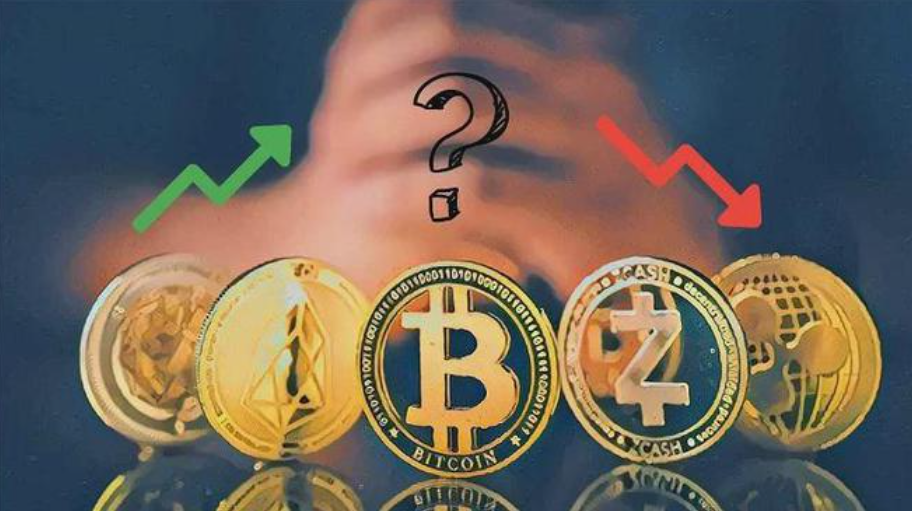With the end of the National Day holiday, the crypto market, which has maintained low volatility for many days, seems to be beginning to wake up. Bitcoin, which has recently failed to break through 28,000 US dollars, began to fall from around 27,800 US dollars at 15:00 on the 9th, falling as low as 27,260 US dollars. During the same period, Ethereum also reached around 1,550 US dollars, hitting a new low in the past half month.
Coinglass data shows that the entire network liquidated more than $50 million in the hour before and after this fluctuation, of which Bitcoin liquidated about $9 million and Ethereum liquidated about $8 million. Generally speaking, although the overall decline this time is not large, the amount of liquidated positions exceeds 50 million US dollars, which means that the density of positions per unit price is relatively large. This may indicate that under the background of continued low volatility Next, everyone has begun to speculate on the expected trend that the encryption market will soon move out of the volatile range.

Is the Ethereum Foundation “selling coins”?
Before this round of decline, the Ethereum Foundation address exchanged 1,700 Ethereum for 2.76 million USDC through Uniswap, triggering market speculation.
In the past, the Ethereum Foundation often shipped goods at relatively high points, and was called the "master of escaping from the top" by some communities. However, this transaction was rarely traded directly on Uniswap, and the trend of selling coins can be seen on the chain with 100% clarity. , which is different from the past methods of transferring to centralized exchanges. There is currently no more information indicating the purpose of the sale of the Ethereum Foundation.
It is worth mentioning that Vitalik Buterin, the founder of Ethereum, has transferred more than 4,400 ETH in the past two months. Perhaps due to the market downturn, Vitalik’s every move has attracted special attention. Although the overall amount of the transaction between the Ethereum Foundation and Buterin is not large, its impact on market sentiment is far greater than the actual selling pressure.

Potential Impact of Middle East Conflict
On October 7, the largest conflict between Palestine and Israel in recent years broke out. A new round of military conflict broke out between the Palestinian Islamic Resistance Movement (Hamas) and Israel. Geopolitical risks in the Middle East are more likely to drag down global oil supply.
As of 7 p.m., U.S. WTI crude oil futures prices rose 3.78% to US$85.92/barrel; Brent crude oil futures prices rose 3.36% to US$87.67/barrel. Alpine Macro, a global investment research company, pointed out that if the conflict expands, it may cause oil prices to continue to rise. In the most extreme case, if Israel attacks Iran's nuclear facilities, oil prices may soar to more than $150 per barrel.
This will undoubtedly make the U.S.’s anti-inflation process even worse, thereby increasing the possibility that the Federal Reserve will choose to continue to raise interest rates in the future. Therefore, as a “risk asset”, Bitcoin’s decline seems to be excusable due to the stronger expectations of interest rate hikes.
However, the dual nature of Bitcoin’s “safe haven assets” and “risk assets” has always been a paradoxical topic. You should know that despite this geopolitical turmoil, Bitcoin has not experienced a sharp rise due to its "safe haven asset" attribute. However, in the first week of 2020, the situation in the Middle East also suddenly escalated. Bitcoin surged by more than 5% that day amid the tense tensions of "rumbling", and then continued to rise, perfectly proving that the avoidance of "digital gold" Risk asset attributes.

U.S. stocks weaken before opening bell
Although in the past history, Bitcoin once broke away from the US stock market and emerged from an independent market. However, in the past ten years, Bitcoin and the U.S. stock market have basically moved in line, and this positive correlation will be especially obvious after 2022. This correlation also shows that the impact of U.S. economic conditions and monetary policy on Bitcoin may become increasingly important.
As of October 9, the price correlation coefficient between Bitcoin and the S&P 500 Index in the past thirty days was 0.348, with a cumulative increase of 0.002 in a week. It is worth noting that the three major U.S. stock index futures fell sharply at the opening today, with Nasdaq futures opening down 0.6% and S&P 500 futures opening down 0.7%. As of about 7 p.m., the Nasdaq 100E-mini futures were still down -0.75%. In addition, last week's announcement of 336,000 new non-agricultural jobs in September was compared with the 170,000 expected by large supermarkets. However, the crypto market first fell sharply and then rose on the day the non-agricultural data was released, basically digesting the impact of this unexpected data. .

Summarize
In summary, although there is currently a certain degree of volatility in the encryption market, it is still uncertain whether it means that the encryption market is about to move out of the volatile range. Market participants need to comprehensively consider many factors, such as geopolitical conflicts, U.S. stock market trends, and the special attributes of the crypto market. As the market further evolves, there are still many variables in the future trend of the crypto market. Investors should remain rational and take appropriate risk management measures.